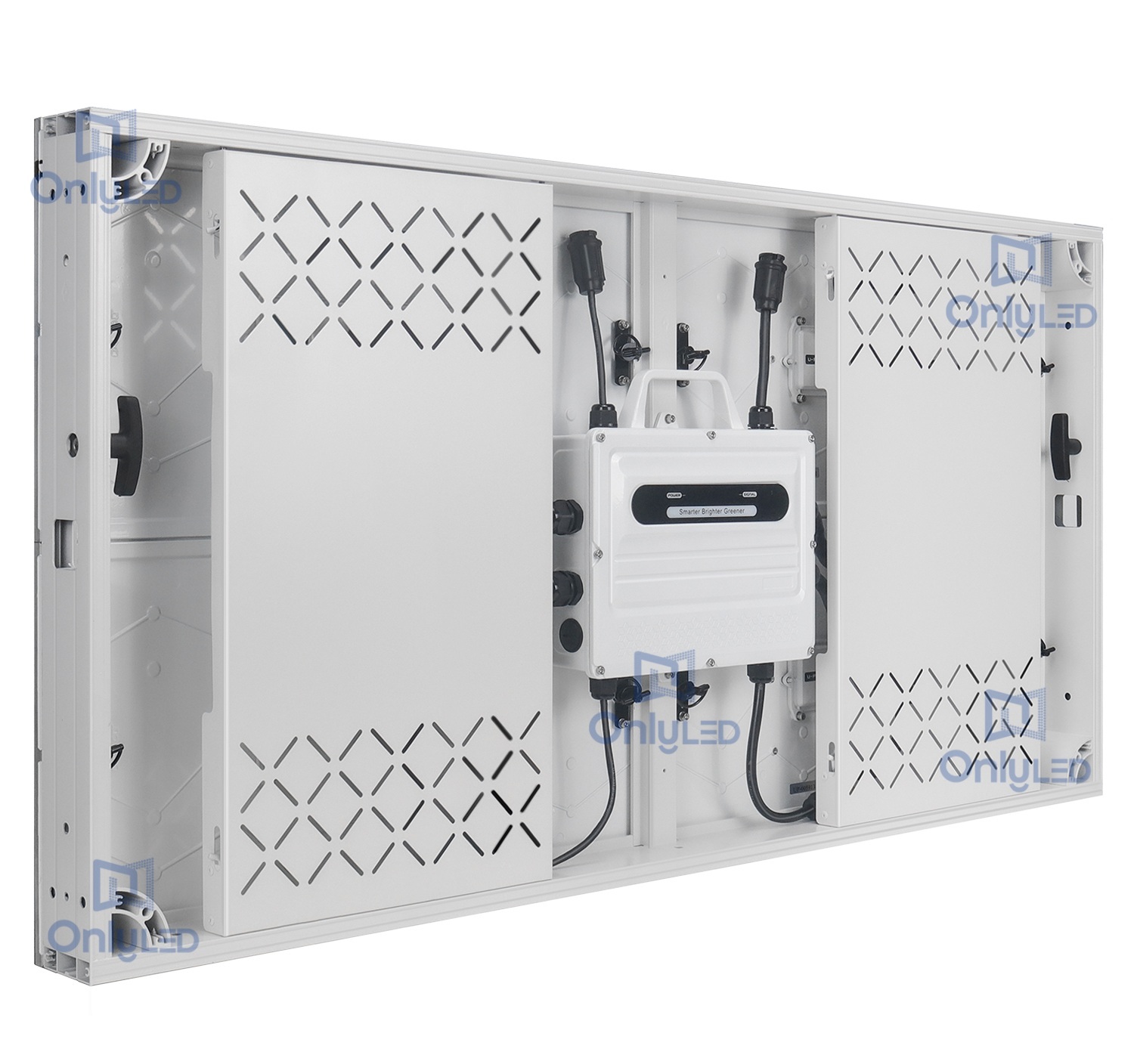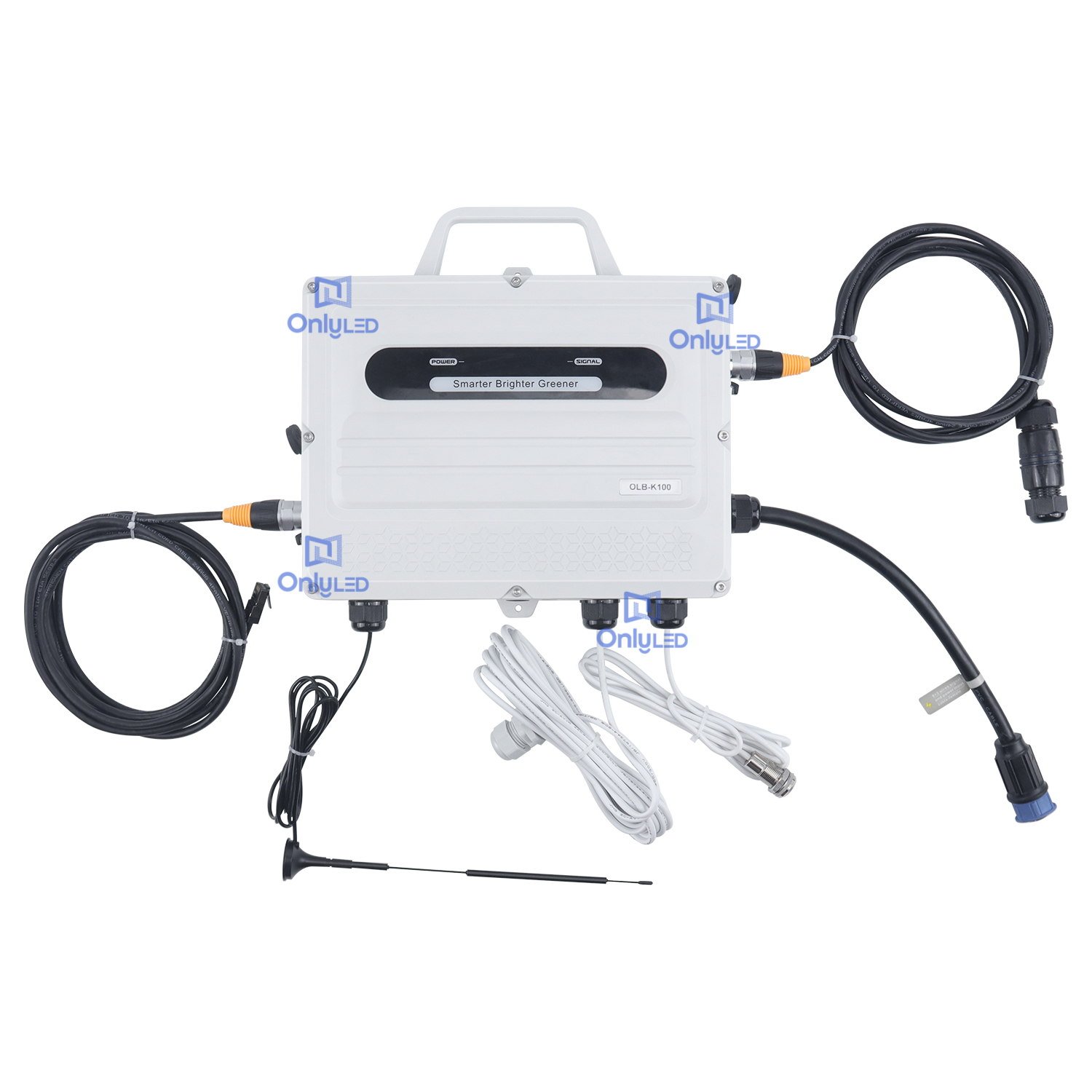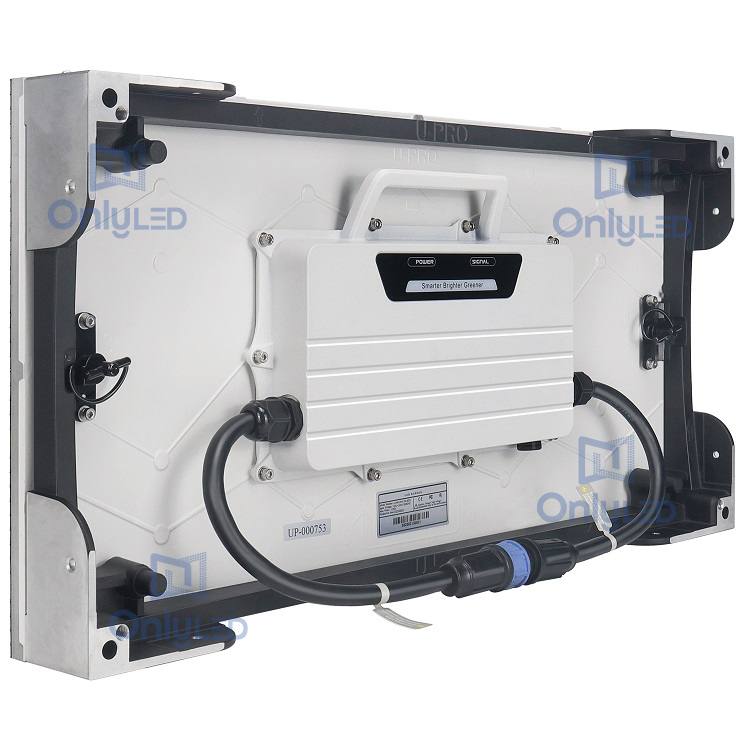Industry News
The Versatile World of Interactive Touch Screens
Interactive touch screens have revolutionized the way we interact with electronic devices. From smartphones to tablets, interactive touch screens have become an integral part of our daily lives. The ability to input data and control devices through direct contact with a screen has opened up a world of possibilities.
1. What is an Interactive Touch Screen?
An interactive touch screen is a display panel that can detect touch and finger gestures. It enables users to interact directly with the content displayed on the screen, eliminating the need for traditional input devices such as keyboards or mice. These screens are equipped with touch-sensitive sensors that detect and respond to touch inputs, making them highly responsive and intuitive to use.
2. Functionality and Working Principle
Interactive touch screens employ various technologies to detect touch inputs. The most common types of touch screen technologies include:
- Resistive Touch Screens: These screens consist of several layers, including two flexible layers separated by tiny air gaps. When pressure is applied, the layers come in contact and create an electrical connection, which is detected as input.
- Capacitive Touch Screens: These screens use a layer coated with a transparent conductor, usually indium tin oxide (ITO). When a finger touches the screen, it creates a distortion in the screen's electrostatic field, which is detected as input.
- Projected Capacitive Touch Screens: These advanced touch screens allow for multi-touch gestures and are commonly used in smartphones and tablets. They have a matrix of micro-fine wires embedded in the screen, creating an electrostatic field that detects touch inputs.
3. Applications of Interactive Touch Screens
Interactive touch screens have found wide-ranging applications across various industries:
- Educational Sector: Interactive touch screens have enhanced the learning experience by transforming traditional classrooms into interactive learning environments. Students can actively engage with educational content and collaborate with their peers.
- Retail Sector: In retail stores, interactive touch screens are used for advertising, product displays, and virtual catalogs. Customers can browse through products, check prices, and make purchases directly from the screen.
- Business Sector: Interactive touch screens are extensively used in conference rooms and boardrooms. They enable seamless presentations, digital whiteboarding, and remote collaboration.
- Entertainment Sector: Touch screen kiosks and gaming consoles provide an immersive entertainment experience. Users can interact with the screen to access information, watch videos, play games, and more.
In conclusion, interactive touch screens have revolutionized the way we interact with technology. Their intuitive nature and versatility have made them an indispensable tool across various industries. Whether in education, retail, business, or entertainment, interactive touch screens continue to redefine the human-computer interaction experience.




